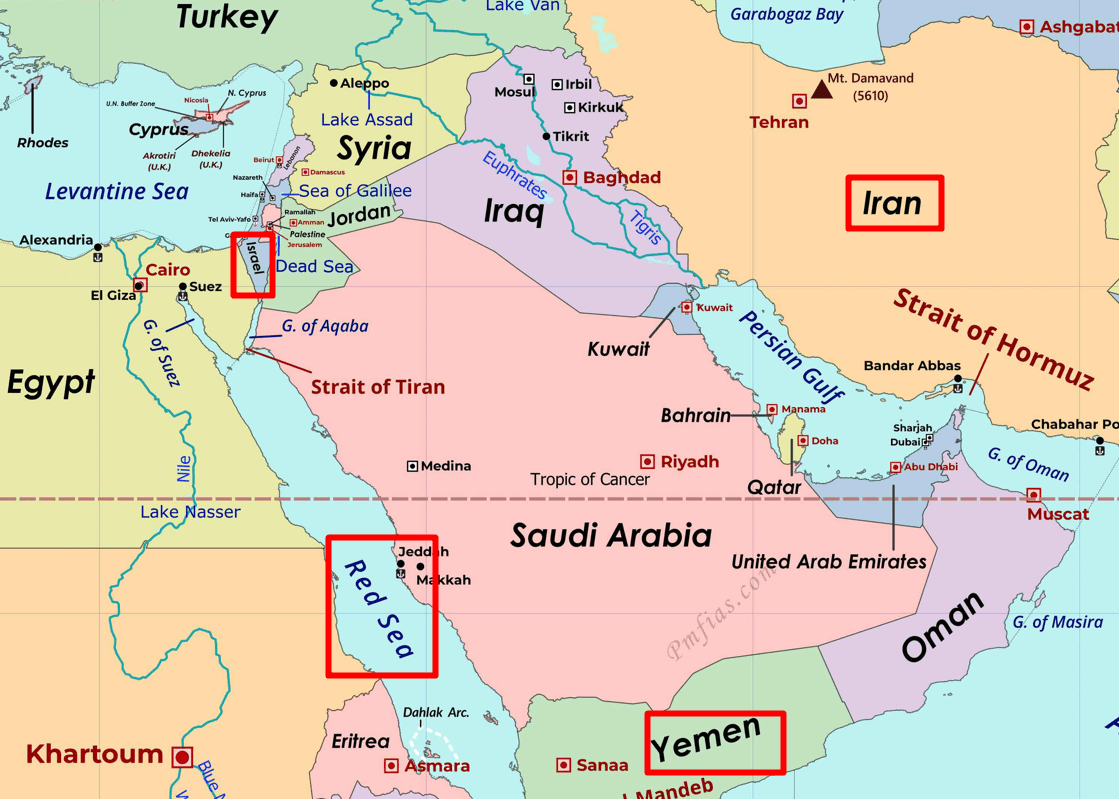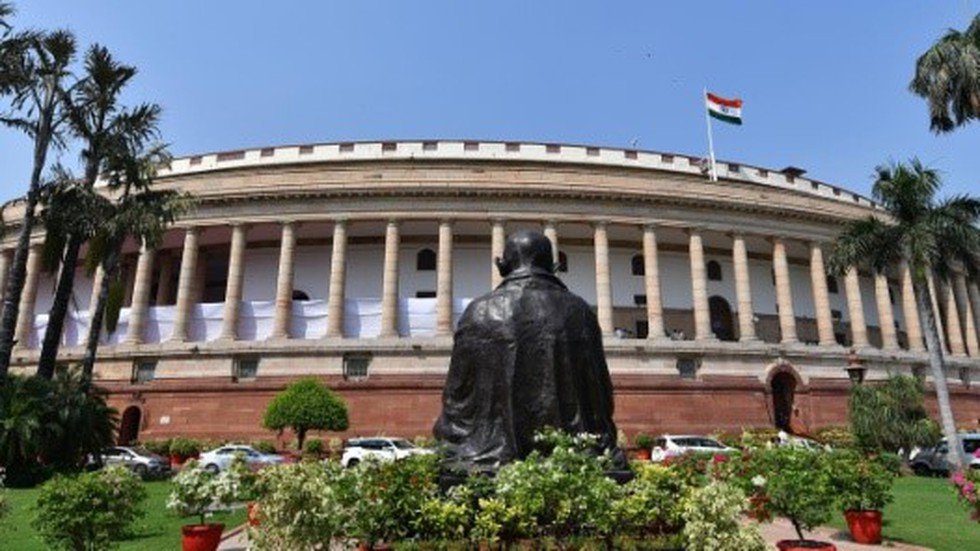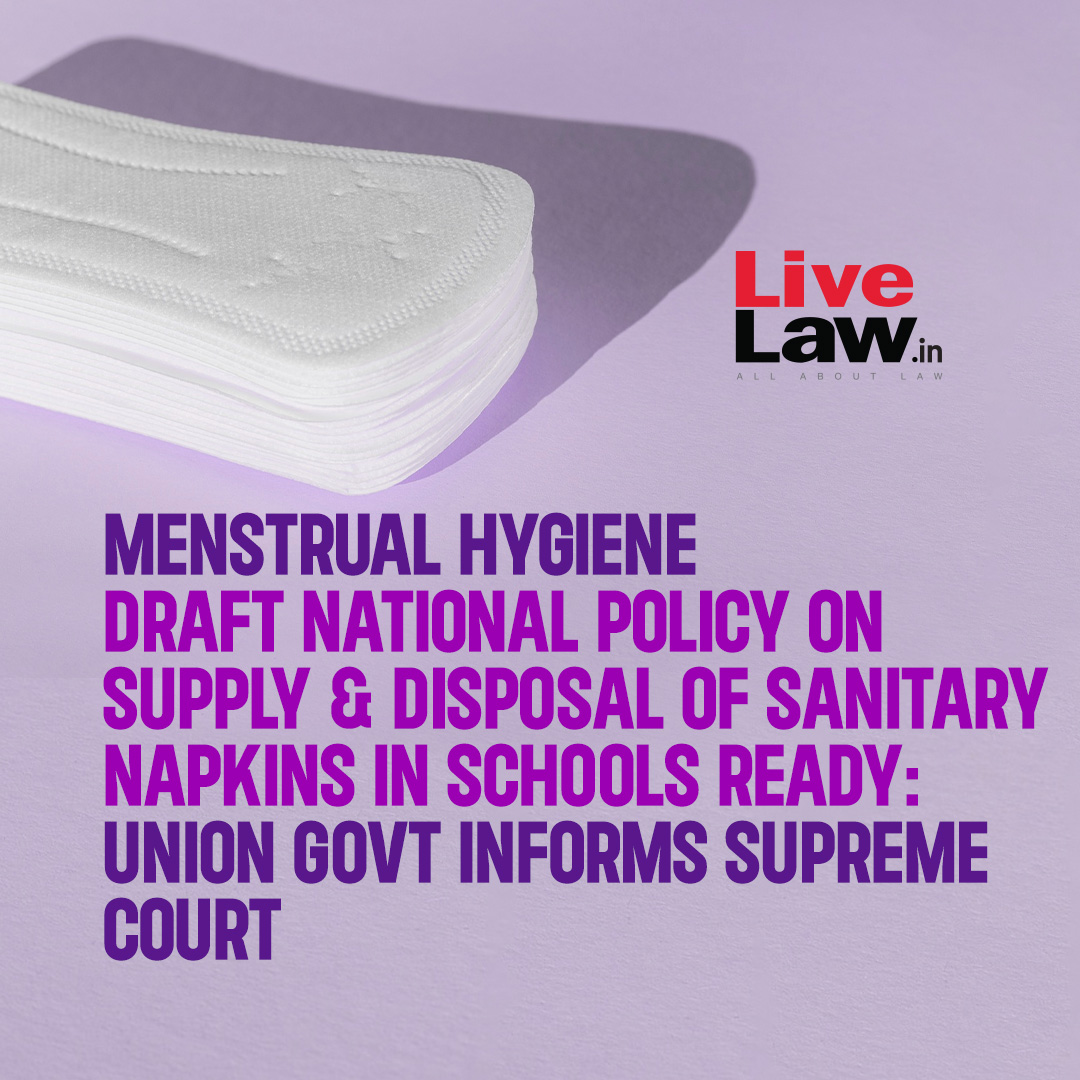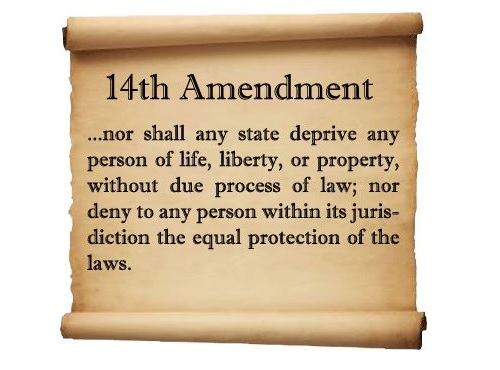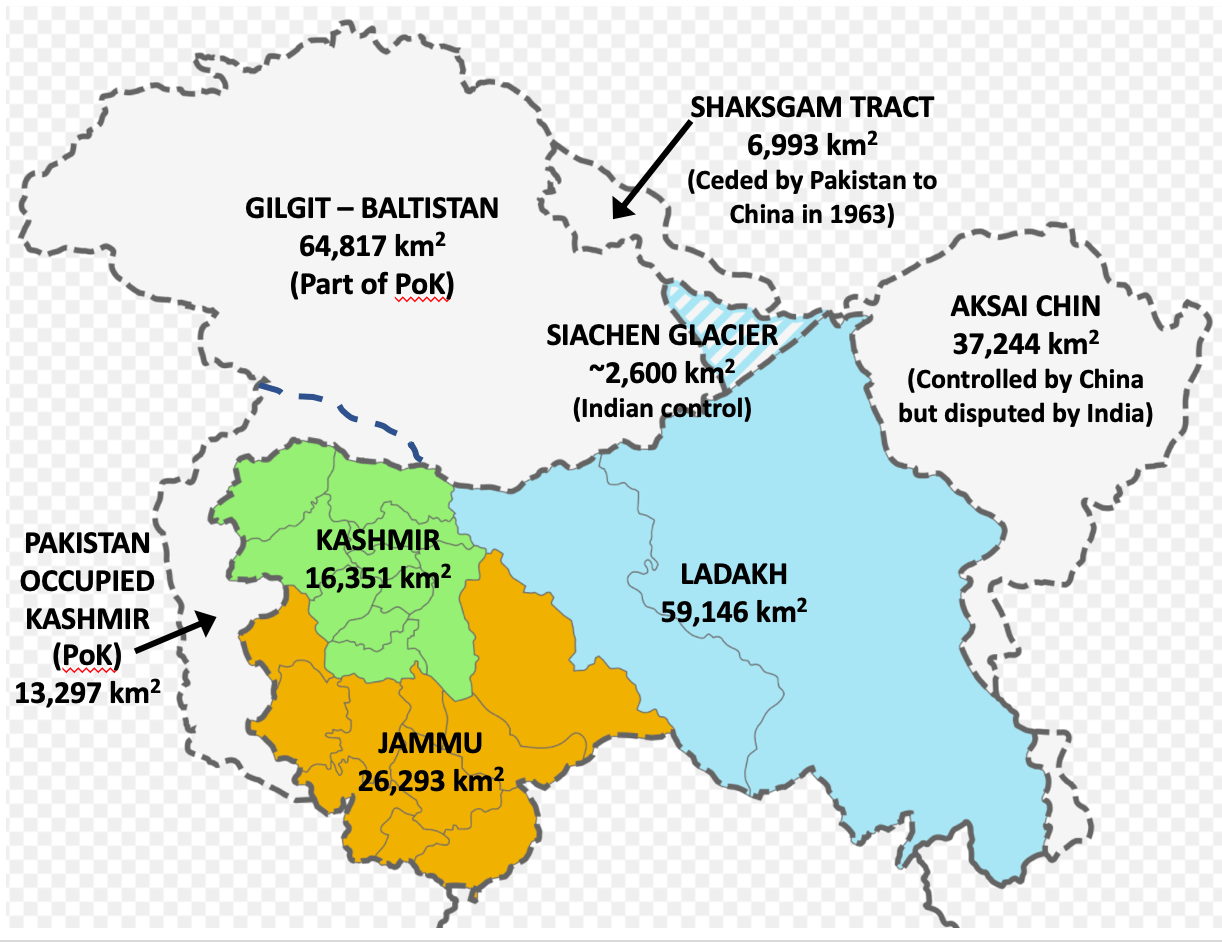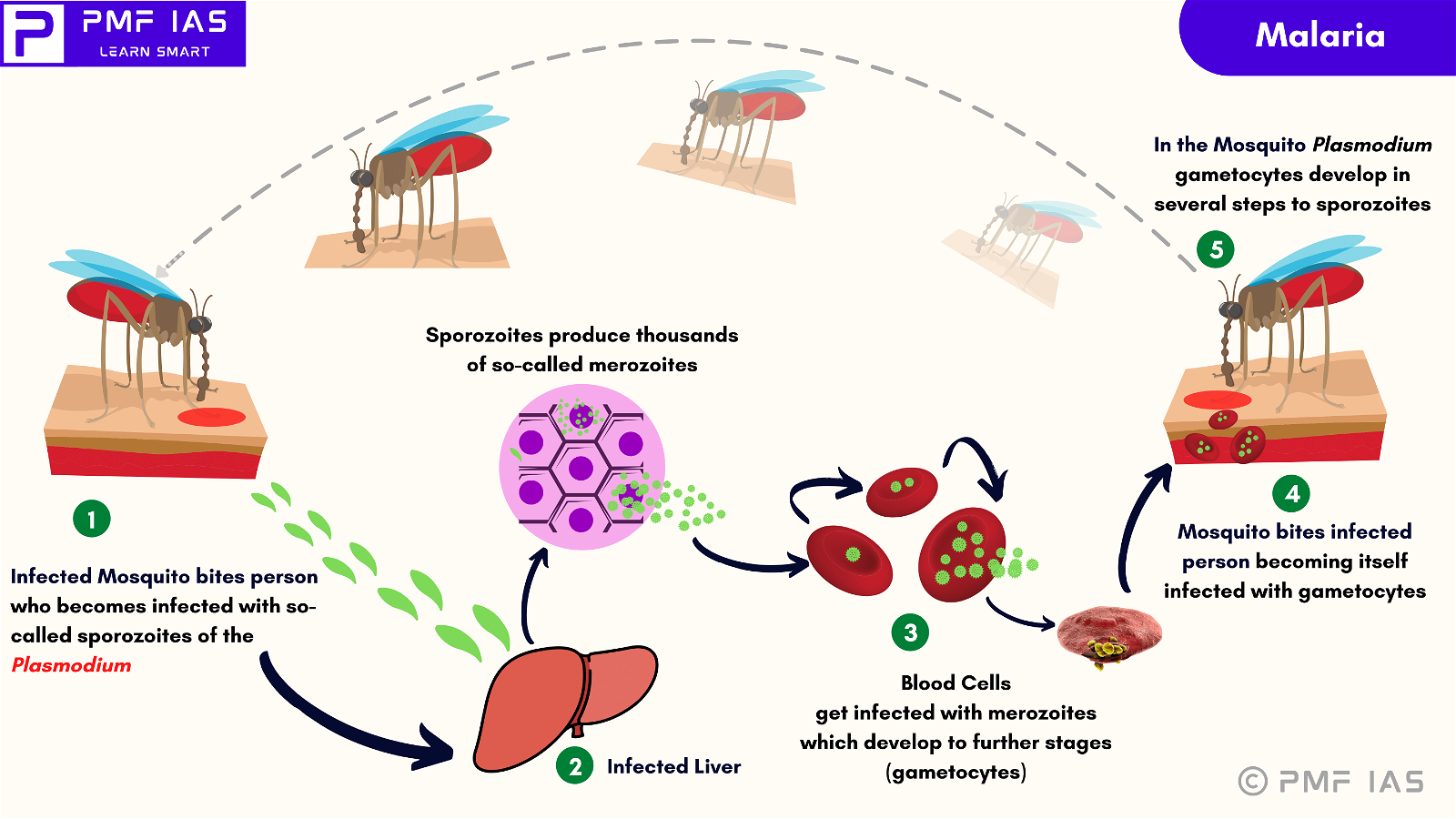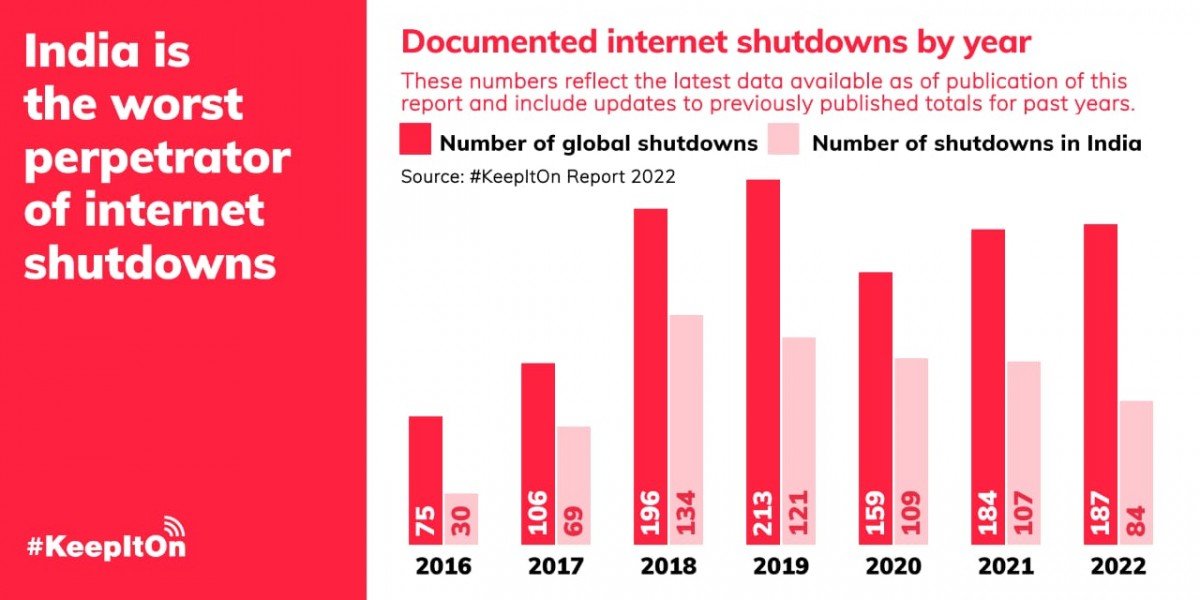
Iran drone attacks on Israel
Subscribers of "Current Affairs" course can Download Daily Current Affairs in PDF/DOC
Subscribe to Never Miss an Important Update! Assured Discounts on New Products!
Must Join PMF IAS Telegram Channel & PMF IAS History Telegram Channel
Iran’s Drone Attacks on Israel
- Context (IE): Iran retaliated with drone attacks on Israel in response to Israeli war jets targeting an Iranian consulate in Damascus, Syria.
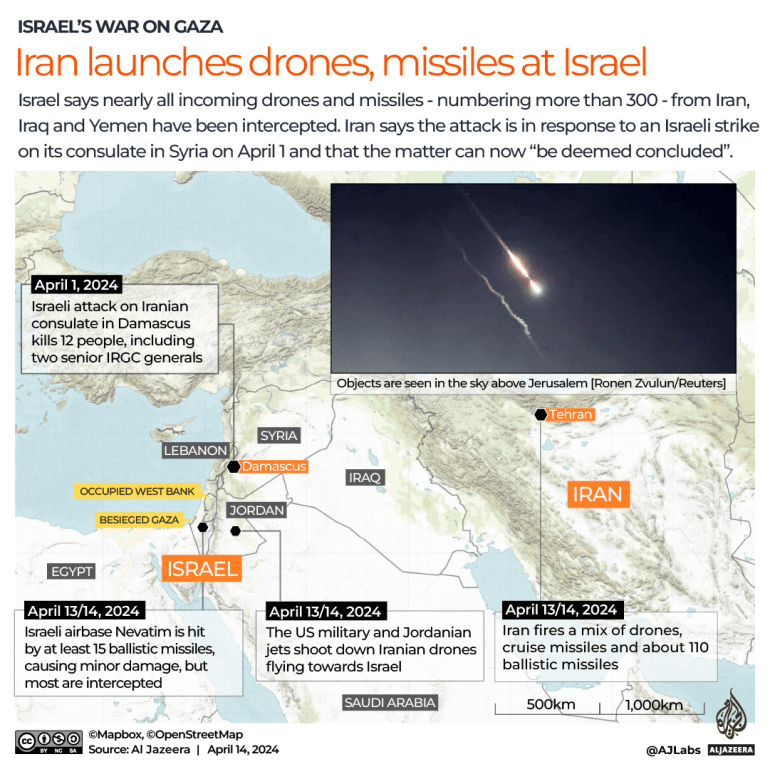
Iran attacks Israel
- Drones and missile attacks were carried out by the Iranian Revolutionary Guard Corps (IRGC).
- No significant casualties were reported, except claims of damage to one Israeli military facility.
- Significant in the aftermath of the Hamas attack in Israel on October 7, 2023, and the subsequent attacks in the Red Sea by Yemen’s Houthis, a wider regional conflict could happen in the Middle East.
Iran-Isreal relations
- Their relationship had not always been as fraught as it is today before 1979.
- It was only after 1979 that their diplomatic ties ended.
Pre-1979 Iran-Israel ties
- Iran was not part of the first Arab-Israeli war (1948).
- Iran was the second Muslim-majority country after Turkey to recognise formation of Israel in 1948.
- Periphery doctrine: Israel attempted to forge an alliance with non-Arab (yet mostly Muslim) countries in the Middle East, mainly Turkey and pre-revolution Iran.
- Western orientation: Common orientation toward the West led to their convergence.
- Oil trade: Iran, ruled by the Pahlavi dynasty, was selling oil to Israel amid an Arab economic boycott.
The 1979 revolution
- Islamic theocracy was installed in Iran after the Shah was overthrown in the 1979 Islamic Revolution.
- Shift in stand towards Israel: Now, it was seen as the occupier of Palestinian land.
- Western interference: Iranian Supreme Leader Ayatollah Khomeini termed Israel “Little Satan” and the United States the “Great Satan”, interfering in the region.
Post-1979
- Shadow wars: Though no direct military confrontation, proxy attacks and limited strategic attacks continue between them.
- Attacks on Iranian nuclear facilities: Multiple targeting incidents by Israel and the US, including the Stuxnet attack.
- Iranian proxies: Iran is seen as responsible for funding and supporting several anti-Israel and anti-US militant groups, such as Hezbollah in Lebanon and Hamas in the Gaza Strip.
|
Proxies backed by Iran in the Middle East
- Context (IE): Militant proxies backed by Iran form an anti-US “axis of resistance” in the region.
Why Iran supports them
- Critical of Israel: Israel is seen as an extension of the US to influence the region for its strategic interests.
- Shia-Sunni conflict: Located in a region dominated by Sunni-majority nations, it has attempted to assert itself with the help of various non-state actors.
- Strategic interests: Such groups provide Iran with strategic depth and wide regional influence without full risk of their actions on the Iranian state.
Major militant groups in the region
Hamas
- Sunni Islamist militant groups have been running the region of Gaza since 2007.
- It emerged during the first Intifada (Palestinian uprising against Israel) in 1987 and opposes Zionism.
|
Palestinian Islamic Jihad
- Sunni Islamist militant group with the aim to establish an Islamic state in Palestine.
- US government argues, “It is the second-largest militant group in the Gaza Strip and the West Bank”
- It was founded in 1979 as an offshoot of the Muslim Brotherhood in Egypt.
- Its military wing is the al-Quds Brigades.
Hezbollah
- Meaning “Party of God”, a Shiite militant organisation.
- Iran’s Revolutionary Guards set it up to counter Israel’s invasion of Lebanon in 1928.
- Since the October 7 attacks, Israel and Hezbollah have engaged in cross-border attacks.
Houthis
- Militant group that has been fighting the civil war in Yemen for a decade.
- The Houthis now control northern Yemen, including the capital Sana’a.
- Post-October 7 attacks, they are engaged in attacking ships going through the Red Sea in solidarity with the Palestinian cause.
Iranian militant groups in Syria
- After the Syrian civil war began in 2011, Iran intervened to support President Bashar al-Assad.
- It deployed IRGC advisers and fighters from Iraq, Pakistan and Afghanistan.
- Syria is a key transit route for Iranian proxies between Iraq and Lebanon.
Popular Mobilisation Forces (PMF)
- State-sanctioned Shi’ite militant grouping of Iraqi paramilitaries dominated by heavily armed and battle-hardened groups loyal to Iran.
Shifts in India’s Middle East diplomacy
- Context (IE): The Middle East is one of the most successful yet difficult regions for Indian diplomacy.
- India called for de-escalation in the aftermath of Iran’s retaliatory strike.
Four broad transitions in India’s stand
- Balanced view: The call for de-escalation is viewed as “balanced” and in favour of regional peace.
- Shift in focus: Instead of balancing contradictions between the West and the Middle East, it has now focused on the region’s internal contradictions.
- Non-ideological engagement: The current approach shows that its stand is not ideologically pre-determined but based on the merits of the issue at hand and India’s interests in the Middle East.
- Religious narratives: The recent shift underlines that religion can’t be the dominant factor in dealing with the Middle East, as was the dominant narrative in domestic politics.
India’s stakes in the Middle East
- Safety of Indian diaspora: The safety of about 18,000 Indians in Israel, 5,000-10,000 Indians in Iran, and about 90 lakh people in the Gulf and West Asia region is a concern.
- Energy security: The West Asia region contributes 80 per cent of India’s oil supplies, which a potential conflict will impact.
- Projects in the Middle East: India sees the region as its extended neighbourhood, which is crucial for projects like the Chabhar Port and the India-Middle-East-Europe Economic Corridor.
- Tight rope walk: India has to balance between Israel and Iran while balancing an anti-terrorism stand with its strategic interest in Iran.





![PMF IAS Environment for UPSC 2022-23 [paperback] PMF IAS [Nov 30, 2021]…](https://pmfias.b-cdn.net/wp-content/uploads/2024/04/pmfiasenvironmentforupsc2022-23paperbackpmfiasnov302021.jpg)
